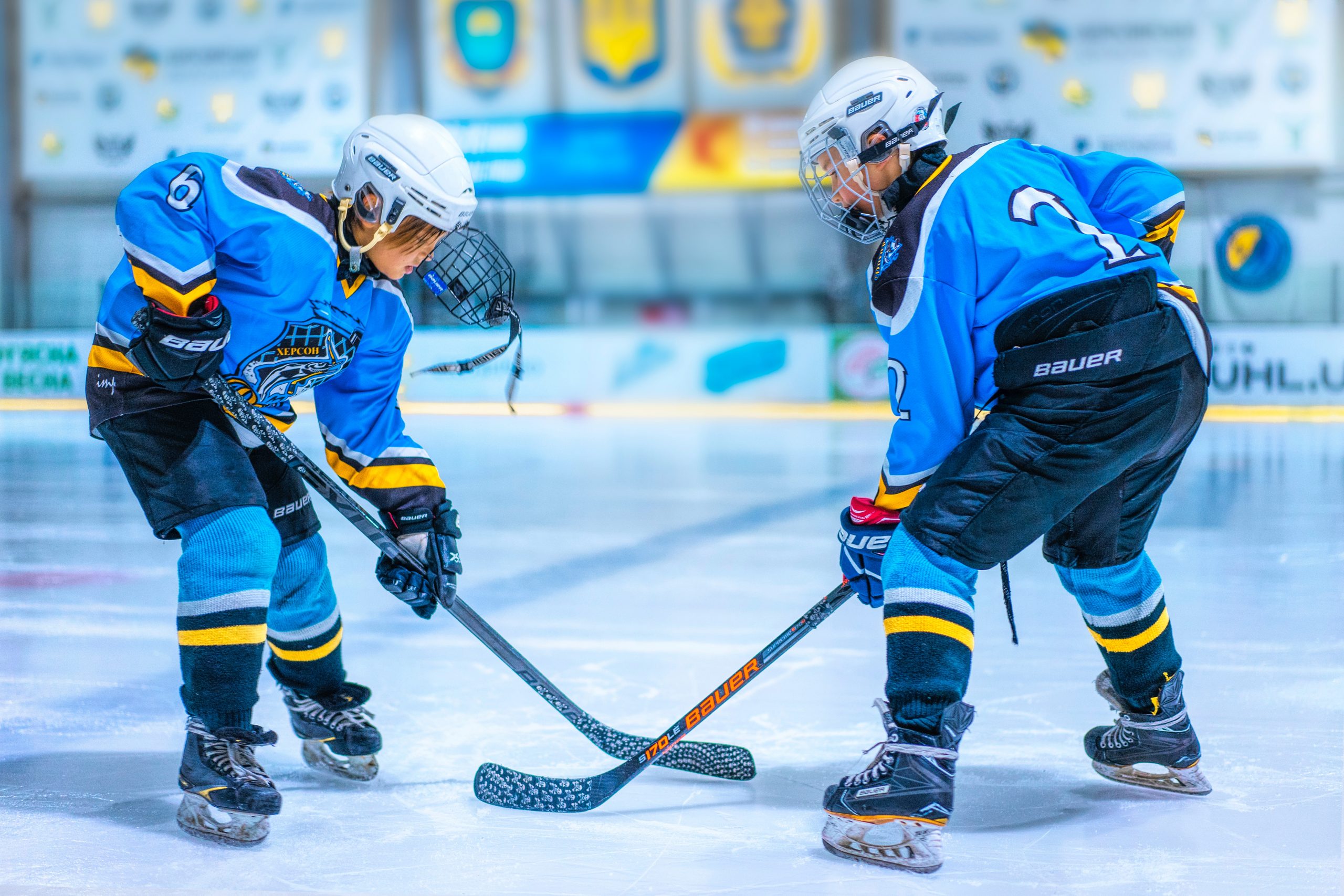Indoor sports facilities, like so many other industries, have felt the brutal impact of COVID-19 with state-mandated closures. Depending on the state, facilities have begun to reopen with a new normal of strict capacity requirements, safety measures and procedures to keep participants safe.
It’s important for facilities to be aware of – and comply with – these measures. It’s also important to note that, in most cases, there is no coverage under a General Liability policy if a participant and/or spectator at an indoor sports facility contracts the coronavirus. Most GL policies include a virus exclusion (even if a policy is silent on this issue, it will likely be endorsed to specifically add the exclusion), as they were never intended to cover a pandemic such as COVID-19.
RPS Bollinger Area President Lori Windolf Crispo emphasizes the need to follow federal, state, and local government requirements to safely reopen indoor sports facilities in the COVID-19 era.
“For example, in New Jersey, indoor sports facilities, including gyms, are subject to a 25% capacity limit. Operators must clean and disinfect frequently-touched surfaces on the field, court, or play surfaces regularly throughout the day, or between uses as much as possible.
“They also must demarcate and post signs that denote six feet of spacing in all commonly used and other areas where people may form a line, like entry/exit points; employ infection control practices, such as regular hand washing and sanitizing; and ensure adequate supplies to minimize sharing of equipment to the greatest extent possible, just to give a few examples.”
It’s also important to follow the issued by the Centers for Disease Control and Prevention (CDC) for youth sports. Part of this involves assessing the risk involved when reopening a facility by looking at such factors as the physical proximity of players and the length of time that players are close to each other and to the staff; the amount of necessary touching of equipment and gear; the size of the team; the number of non-essential visitors, volunteers and spectators permitted; whether the concessions or juice bar will continue to operate and in what manner; among other critical issues.
Crispo also recommends that operators review the youth sports policies of local school districts in the wake of COVID-19.
“In some states, all high school or contact sports have been delayed until winter. It’s important to weigh the exposures, discuss why these sports have been delayed, and whether it is worthwhile for private operators to open up.”
Another important resource for youth sports facilities is to examine how various sports governing bodies are proceeding.
“Look at the guidelines from the United States Soccer Federation (USSF) and the American Youth Soccer Organization (AYSO), for example. If you are an indoor soccer facility, review what these governing bodies are recommending with regard to return to play for indoor versus outdoor soccer participation as it relates to your activities and exposures,” says Crispo.
It’s critical that facilities continue to maintain their specialty sports insurance programs, including General Liability, Participants Legal Liability and Abuse & Molestation Liability.
“In addition to these coverages, we encourage facilities to carry Accident insurance to protect participants if they get injured while at the facility, whether it’s participating in some indoor sports activity or attending a birthday party. The ability to pay for the injured person’s medical expenses is the first line of defense against a costly lawsuit.”




